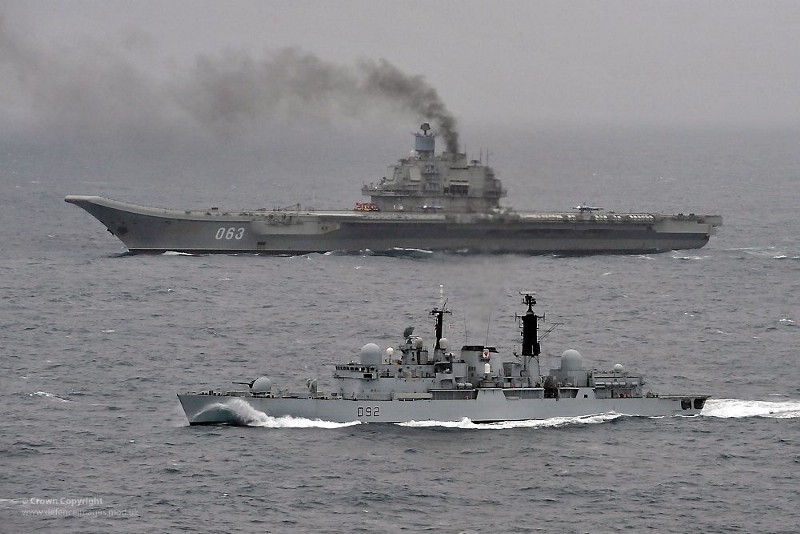USNI News polled its writers, naval analysts and service members on what they consider the most important military and maritime stories in 2016.
Charles de Gaulle vs. ISIS
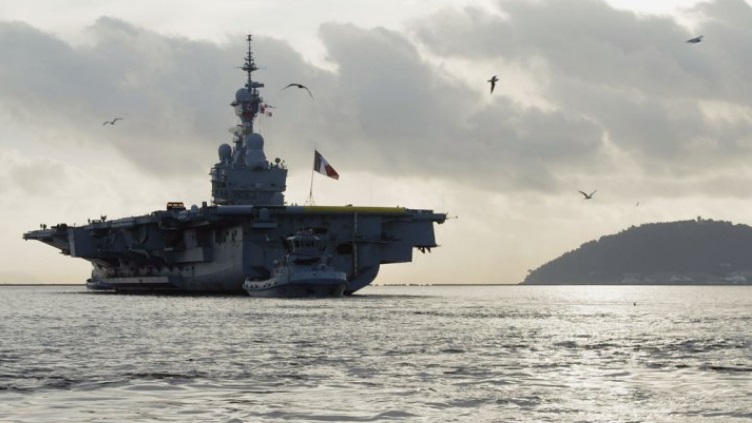
The French again sent their nuclear carrier to the Middle East to continue strikes against Islamic State forces in Syria and Iraq.
“The battle group, which includes the Charles de Gaulle (R91), will again be deployed to Operation Chammal… because we have to strike back at those who attacked us here in January and November 2015,” French President Francois Hollande said in a speech in commemoration of Bastille Day.
Last December, de Gaulle was the flagship of the U.S. Naval Forces Central Command Task Force 50 that leads the Operation Inherent Resolve naval strike forces, the first time a foreign ship has had that role.
de Gaulle’s presence and complement of about 30 fighters was key to the coalition naval forces in the gaps between U.S. carrier strike group deployments.
Russian Carrier Deploys, Two Fighters Crash
The Russian Navy deployed its sole carrier to the Eastern Mediterranean to assist in Moscow’s ongoing support of the Bashar al-Assad regime in Syria.
Leaving from Murmansk, the core of the Russian Northern Fleet – including carrier Admiral Kuznetsov, guided-missile cruiser Peter the Great and other destroyers and auxiliaries – set out to join Russian forces operating in Syria.
While the deployment may have been more for show than practical military benefit – wrote Andrew Fink in USNI News – the operation revealed the limitations of Russia’s carrier enterprise.
On Nov. 13, a landing attempt by a Mikoyan MiG-29K resulted in a pilot ditching in the plane in the Eastern Mediterranean after the aircraft ran out of fuel waiting for the arresting gear to be repaired.
“A preliminary explanation is that they were no longer receiving fuel. ln such situations, a fighter falls like a rock, and the pilot has only one option — to eject,” read a translation of a Russian media report.
Three weeks later a Sukhoi Su-33 Flanker-D skidded off the deck of Admiral Kuznetsov after an arresting gear failure, losing another fighter for the airwing.
The deployment has so far shown obvious gaps in the ability for Russia to use its sole carrier to project power and the limitations of Russia’s naval aviation forces.
New ‘Battle of the Atlantic’
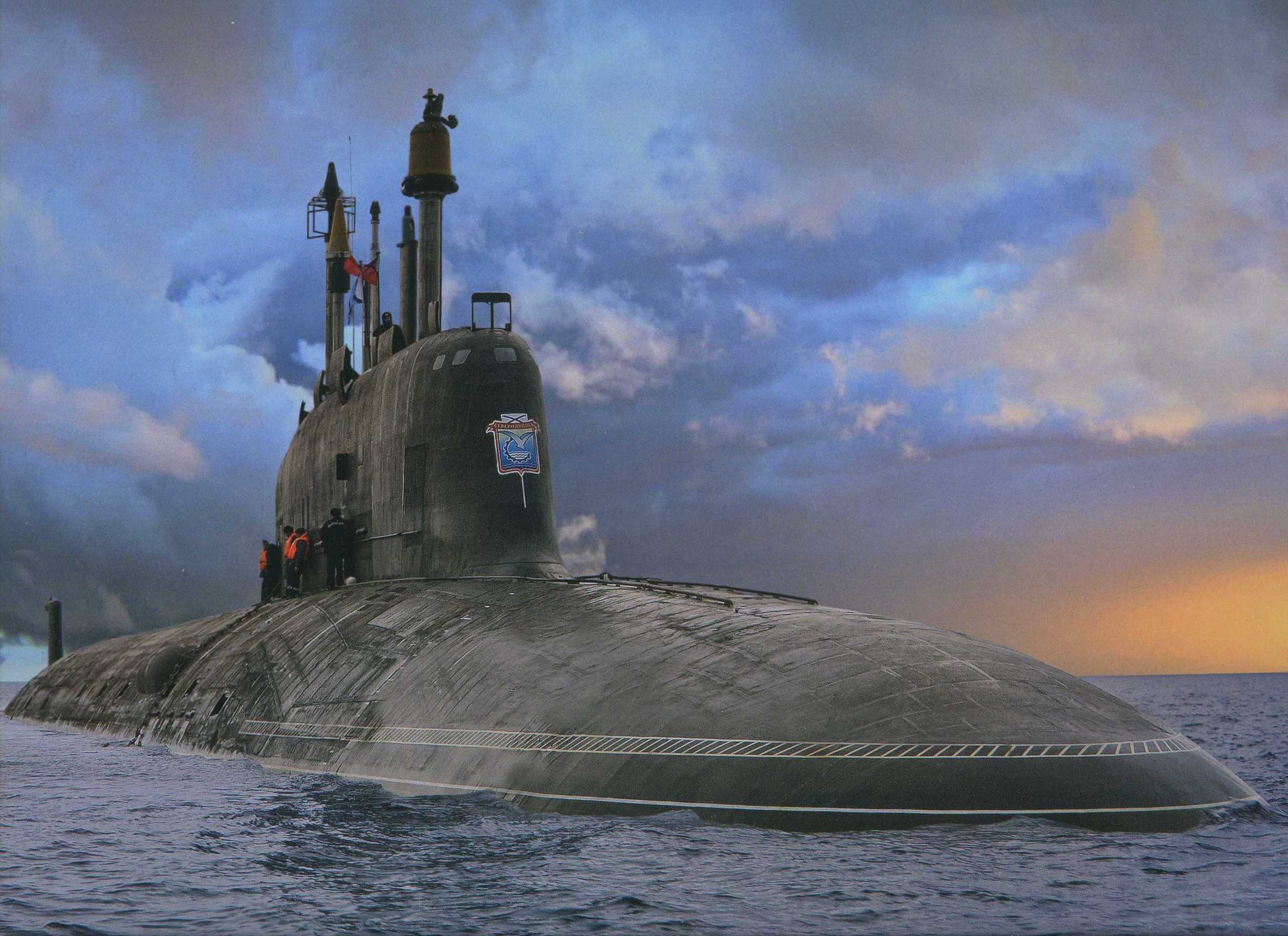
The uptick of Russian submarine activity in the Atlantic has prompted “The Fourth Battle of the Atlantic,” the then-commander of U.S. 6th Fleet wrote in June.
“Once again, an effective, skilled, and technologically advanced Russian submarine force is challenging us. Russian submarines are prowling the Atlantic, testing our defenses, confronting our command of the seas, and preparing the complex underwater battlespace to give them an edge in any future conflict,” Vice Adm. James Foggo wrote.
“Not only have Russia’s actions and capabilities increased in alarming and confrontational ways, its national-security policy is aimed at challenging the United States and its NATO allies and partners.”
Russia has been vocal about its uptick in submarine operations over the last two years.
Russian Navy head Adm. Viktor Chirkov said in March of 2015 that submarines operations have increased by 50 percent.
“This is logical and necessary to guarantee the security of the state,” he said at the time in Russian state-controlled press. While the Russian’s surface forces lag behind West, its submarines forces are second only to the U.S.
China and the South China Sea
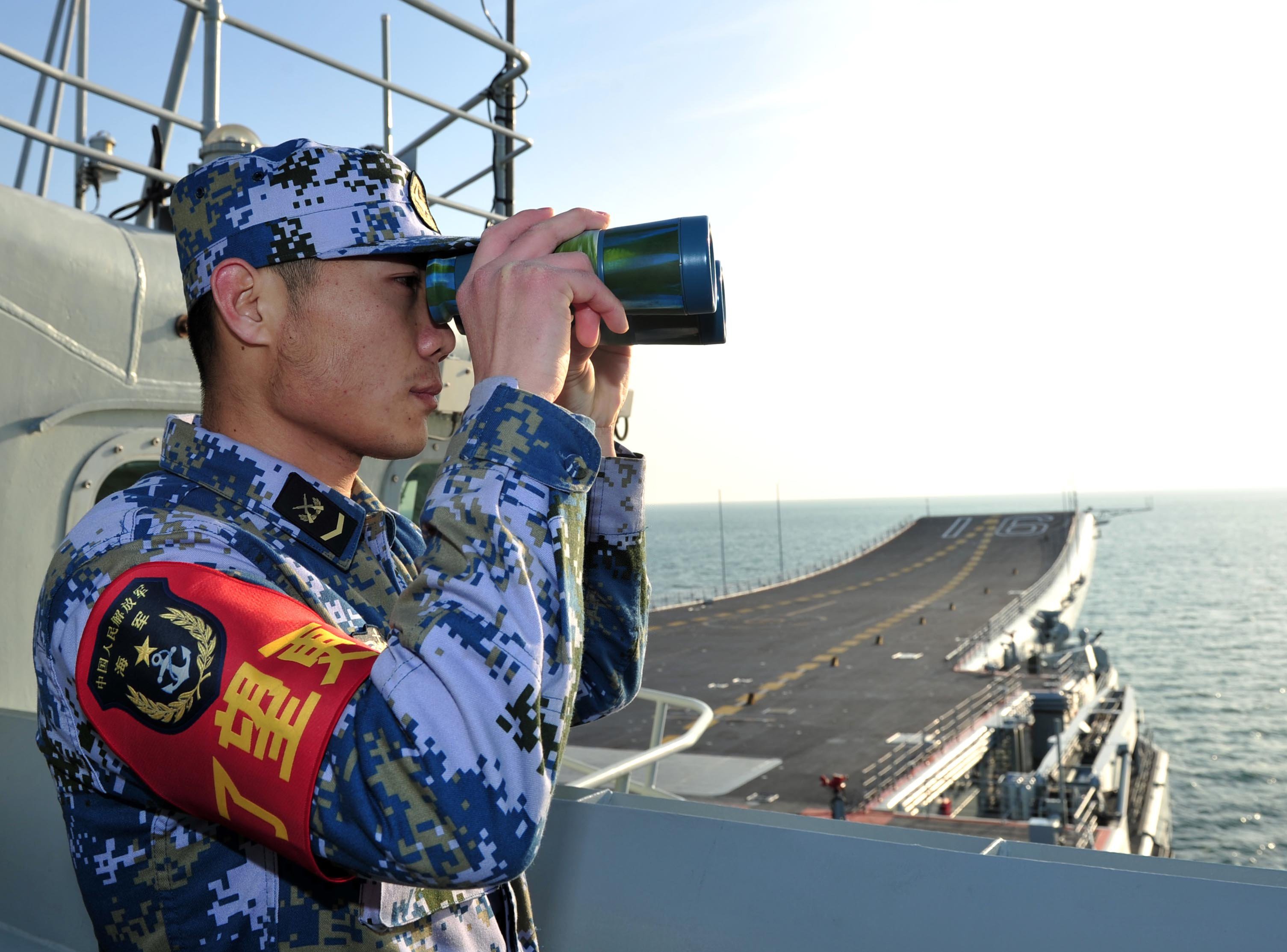
In July, China’s expansive claims to dominion over the South China Sea were invalidated by a decision by the Permanent Court of Arbitration on the U.N. Convention of the Law of the Sea in the Hauge over a dispute over territorial holdings with the Philippines.
While Beijing angrily protested the ruling and said it would not recognize the decision, the practical reaction from Chinese forces were more muted and trickled out over the year.
In September, Russian and Chinese naval forces teamed up when “a five-ship Russian Navy flotilla arrived at the port of Zhanjiang in southern China on Monday for Joint Sea 2016, an eight-day bilateral exercise to be conducted in the South China Sea,” reported USNI News.
Satellite imagery revealed the Chinese had installed defensive weapon systems on its artificial islands in December.
The People’s Liberation Army Navy deployed its carrier strike group centered on the Chinese carrier Liaoning in late December.
Perhaps the largest direct conflict with the U.S. came in December when a People’s Liberation Army Navy oceanography ship plucked a U.S. Navy unmanned underwater vehicle from waters off the coast of the Philippines.
The low-cost buoyancy glider was eventually returned but not before it enflamed tensions between Beijing and President-Elect Donald Trump.
Philippines Give U.S. Exercises the Cold Shoulder
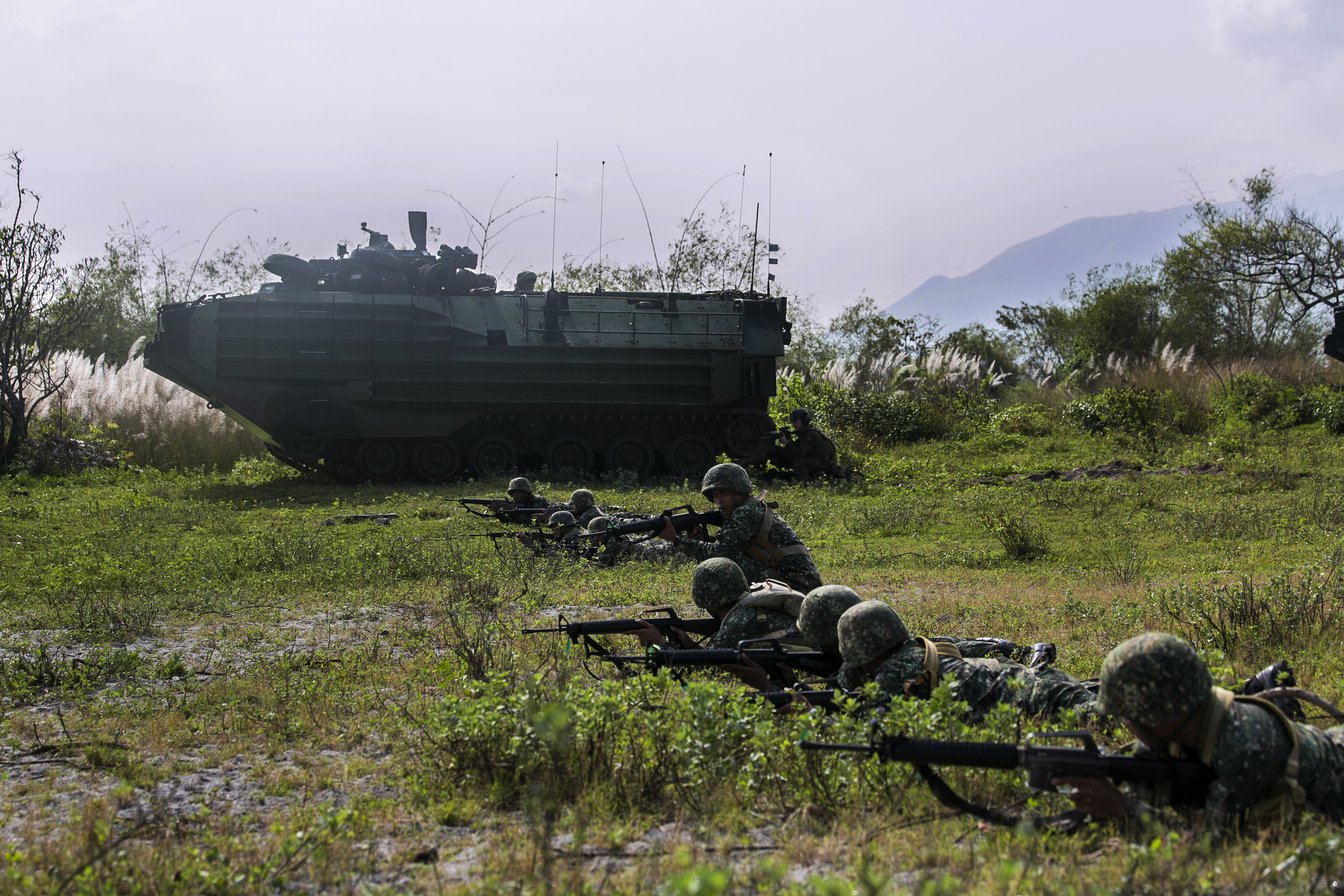
Shortly after being elected, new president of the Philippines Rodrigo Duterte made a public declaration the Philippine military would stop exercising with the U.S. in September.
“So I’m serving notice now to the Americans. I will maintain the military alliance, the RP-U.S. pact which our countries signed in the early 50s. But I will establish new alliances for trade and commerce,” he said according to ABS-CBN News.
“And you are scheduled to hold war games, which China does not want. I will serve notice to you now that this will be the last military exercise. Jointly, [the] Philippines, the U.S.? Last one.”
While U.S. leaders felt confident the exercises would continue unabated, in early December Marine Corps Forces Pacific confirmed the large-scale amphibious exercise PHIBLEX would be canceled. Instead, the U.S. and the Philippines would conduct drills that focus on humanitarian aid and disaster relief (HADR).
“We reached a mutually agreed upon plan for 2017, which ensures that U.S.-Philippine military training activities and engagement remain robust and substantial,” a Marine spokeswoman told Marine Corps Times.
As recently as Friday, reports indicate Duterte wanted to move naval drills with the U.S. out of the South China Sea.
U.S. Port Call to New Zealand
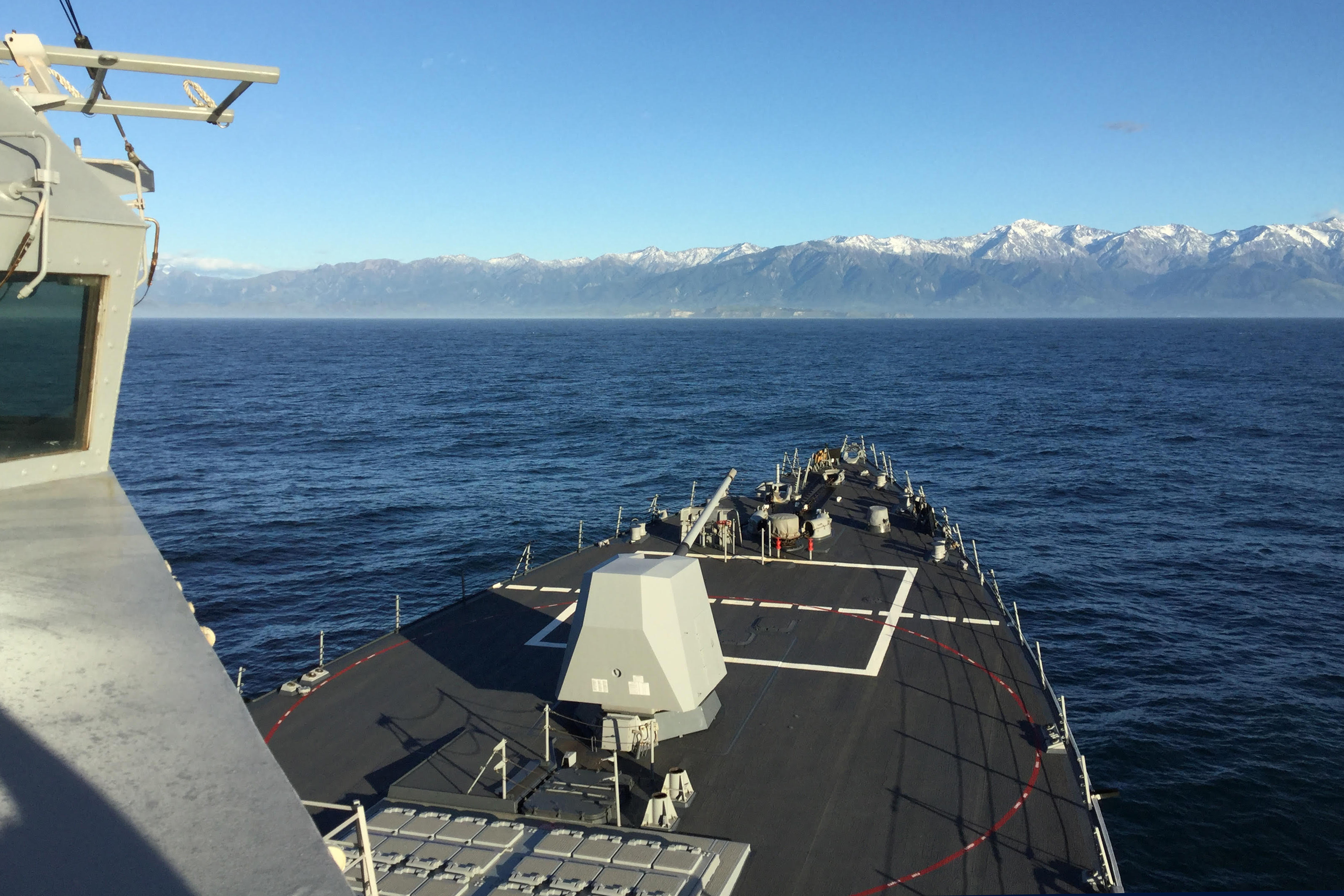
The U.S. sent a warship to New Zealand for the first time in more than 30 years at the invitation of Wellington to celebrate the 75th anniversary of the New Zealand Navy.
In 1984, New Zealand enacted anti-nuclear legislation that banned warships with nuclear weapons from visiting the country. The U.S. has a policy of not declaring if its ships have nuclear weapons on board.
In light of the anniversary, Wellington extended an invitation under an interpretation that the U.S. would not explicitly declare its nuclear weapons.
“It would be very odd for us to have all of our friends and acquaintances there, sending ships to celebrate our 75th Naval commemorations, and yet on the same point not have the United States there,” then Prime Minister John Key told reporters, according to The Associated Press.
The head of New Zealand’s Chief of Navy Rear Adm. John Martin said the visit could be the opening of closer ties with the U.S. Navy.
“It’s a step in a very close relationship that we have with the United States and the United States Navy, and I’m hoping it will become more of a regular activity,” Martin told USNI News in an interview in September during the International Seapower Symposium.
On the way to the celebration, USS Sampson (DDG-102) was rerouted to respond to an earthquake near the town of Kaikoura on New Zealand’s South Island.
North Korea Tests Sub-launched Ballistic Missile
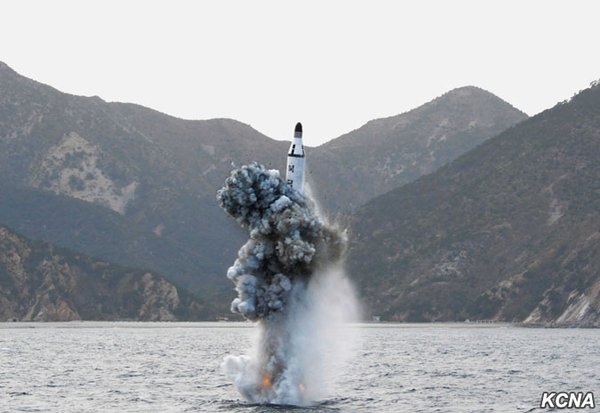
In August, North Korea tested a KN-11 submarine-launched ballistic missile, elevating concerns that the regime was closing in on developing a weapon that could covertly land a miniaturized nuclear warhead on a U.S. ally.
“The missile was tracked over and into the Sea of Japan, approximately 300 miles off the coast of North Korea,” U.S. Strategic Command said at the time.
The KN-11 test – along with other land-based tests – are pushing Japan and South Korea to work more closely together to create tighter ballistic missile defense network, U.S. Pacific Command commander Adm. Harry Harris said.
“I believe they have clearly stated their intent. … We know they are working on their missile technology – their intercontinental ballistic missiles – they are seeking to miniaturize the [nuclear] warheads, mate them to the missile and threaten the United States,” Harris said in November.
“I believe it when Kim Jong Un expresses his intent. … I assume for the worst case and prepare accordingly, and that’s what you all want me to do.”

